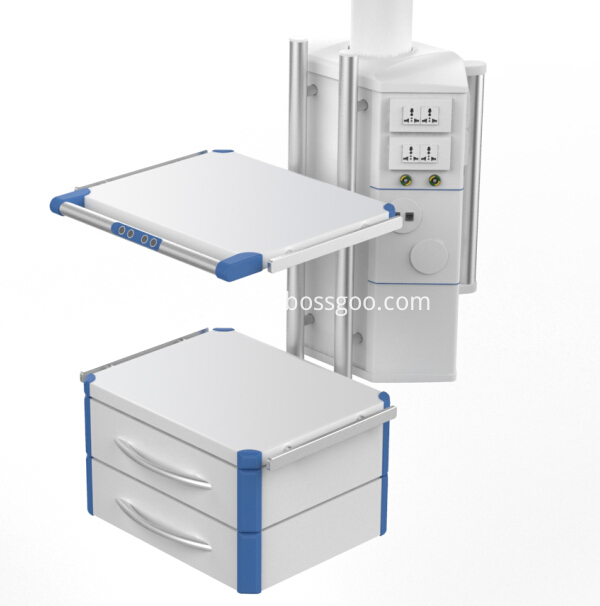Fertilizer for juvenile shrimp
The key to successfully raising and cultivating fresh shrimp lies in effectively managing and controlling water quality. The core of this process involves maintaining a proper balance between fertilization and water conditions, as well as managing the presence of floating heads. As shrimp grow, their feeding habits gradually shift from consuming plankton to feeding on the bottom, transitioning from filter-feeding to predation. Therefore, it's essential to "fatten the baby shrimp and keep the water clear for feeding."
In February, when the pond bottom lacks sufficient organic matter, it's advisable to dig pits around the edges of the pond and compost there. As temperatures rise, the water level increases, and the fermented manure naturally dissolves into the water, enriching the pond ecosystem.
If the plankton levels are low in March and April, and the water clarity exceeds 40 cm, it's necessary to apply 50–100 kg per mu of well-fermented manure water promptly. This helps maintain a healthy food source for the shrimp.
By mid to late April, most shrimps are carrying eggs. At this time, the temperature fluctuates more between day and night, and oxygen demand increases, leading to the first "Floating Head Festival" in the pond. Water management should now focus on changing water and increasing oxygen levels rather than adding top dressings. In mid-May, water conditions change rapidly, so it's important to increase the frequency of water changes—from once every half month to two or three times a week. When changing water, always add new water after draining, not from one side only. Use a water pump to bring in fresh water, avoid drawing surface water from ditches, and perform water changes in the morning and evening.
By June, pond water quality tends to decline. At this stage, large-scale water changes are necessary, and old water should be removed. Treat the water with disinfectants before replacing it with fresh water. Since juvenile shrimp consume nutrients quickly in June, small amounts of animal manure can be added to support water fertility.
From July to August, especially at the end of the second floating season starting in late July and early August, fertilization should stop. Increase water changes and conduct regular pond inspections. The ideal water clarity is over 40 cm, with a brown-green color preferred. If you notice shrimp gathering along the edges or under vegetation, avoid disturbing them and do not return light, as this could cause stress. Immediately check oxygen levels to prevent any unexpected incidents.
Additionally, each time you drain and refill the pond, inspect the nylon sieve. If it's damaged, replace it immediately to prevent wild fish and other unwanted species from entering. To supplement calcium, 29 kg per mu of quicklime can be used to adjust water quality when shrimp grow beyond 3 cm in size.
Double Arm Manual Medical Pendant
Manual characteristics of arms outside the Dakota is in the large-scale distance away, more than any rotary joint 340ºmobile within a short degrees and anti-brake drift aerodynamic configuration can be based on your needs and easily moved to any district Operating Table, user-friendly, easy to operate. The double arms manual medical pendants is ideal for large and medium-sized operation room. Medical gas, power supply, networks and treatment apparatus output terminal carrying the mobile work platform system.

Double Arm Surgical Pendant,Double Arm Ceiling Pendant,Double Arm Hospital Pendant,Double Arm Cavascope Pendant
Shandong Lewin Medical Equipment Co., Ltd. , https://www.lewinmed.com